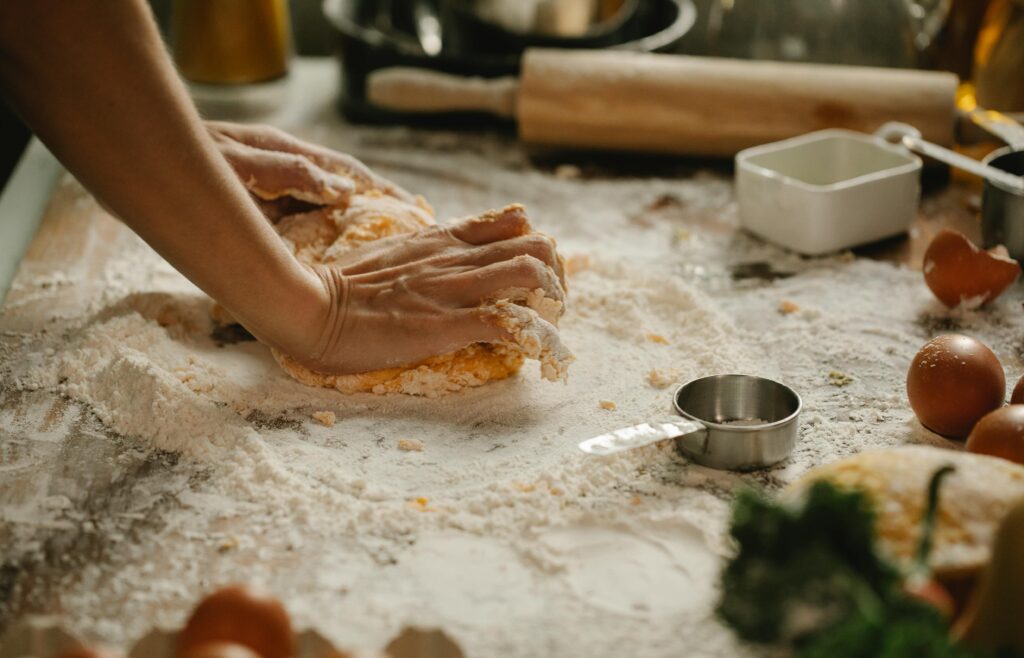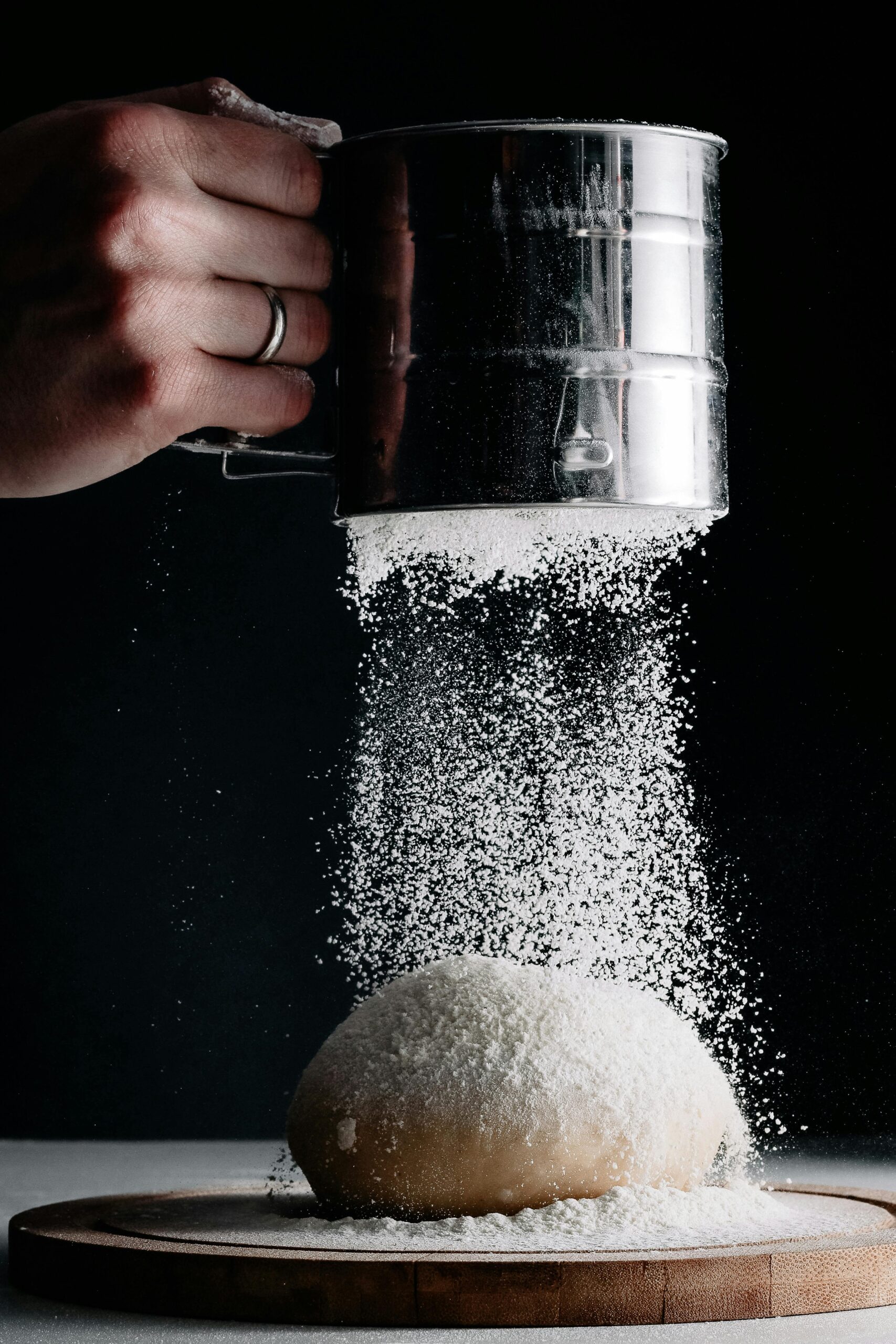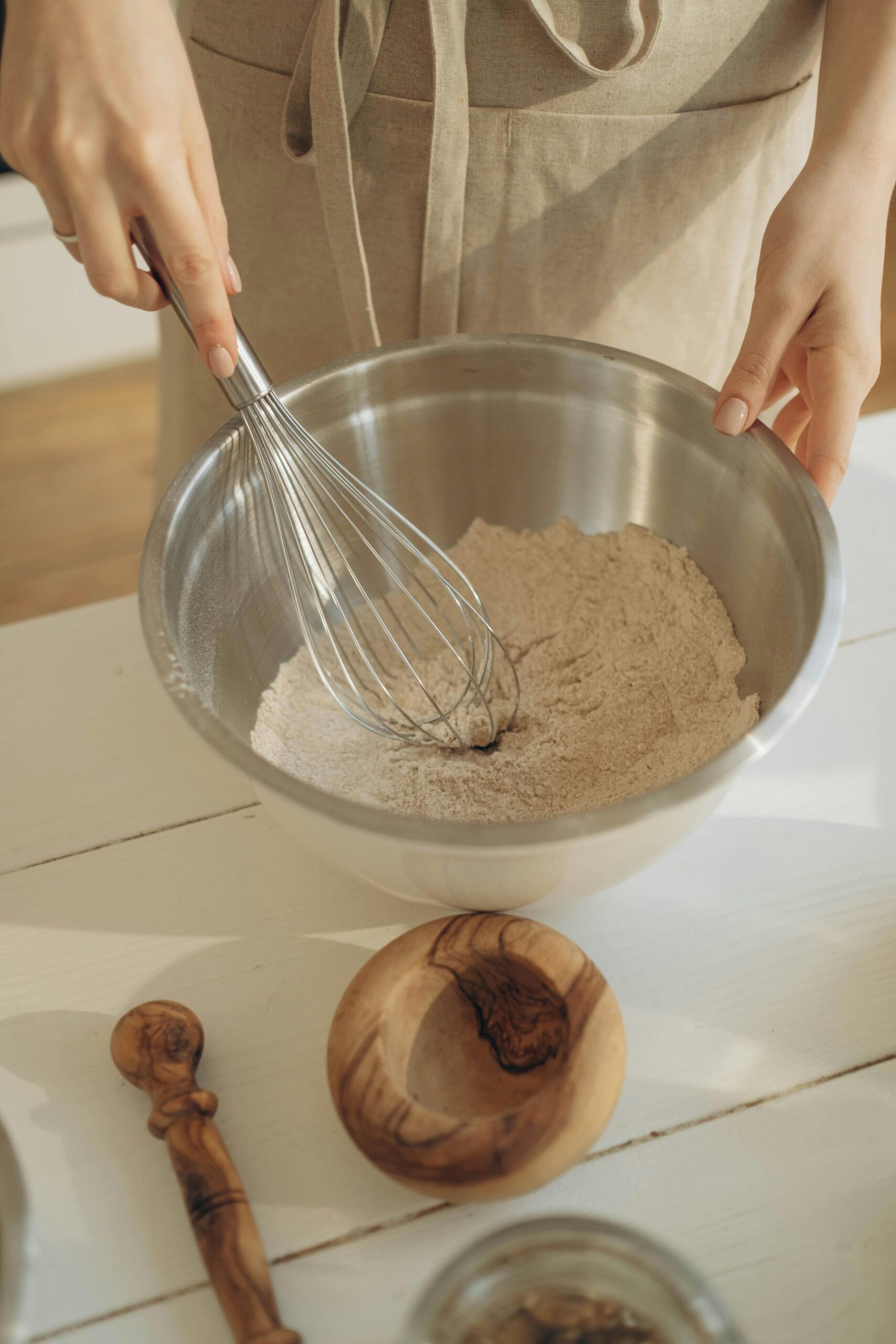The Ultimate Guide to Gluten-Free Flours
Unlock the Secrets to Successful Gluten-Free Baking
Learn about the essential gluten-free flours and how to use them for perfect baking results
Why Understanding Flours Matters
Gluten-free baking can be challenging, but mastering the use of different flours is key to success. Each flour brings unique properties to your recipes, affecting texture, flavor, and structure. Let’s explore the essential flours you need to know.

Exploring Your Flour Options
Brown Rice Flour
A staple in gluten-free baking, provides a slightly nutty flavor and a dense texture.
Uses: Best for breads, cookies, and denser baked goods.
White Rice Flour
Lighter and finer than brown rice flour, offers a neutral flavor and delicate texture.
Uses: Ideal for cakes, pastries, and light baked goods.
Millet Flour
Offers a mild, slightly sweet flavor and a light, airy texture.
Uses: Great for pancakes, muffins, and quick breads.
Tapioca Starch
Provides a light, airy texture and a slight chewiness.
Uses: Used as a thickener and to add elasticity to doughs.
Potato Starch
Excellent for adding moisture and lightness to baked goods.
Uses: Ideal for cakes, muffins, and quick breads.
Teff Flour
Naturally sweet and nutty flavor, adds a rich, dark color.
Uses: Great for pancakes, breads, and brownies.
Almond Flour
Naturally moist and nutty, adds richness and texture.
Uses: Great for cakes, cookies, and pastries.
Xanthan Gum
A binder that mimics gluten, adds elasticity and structure.
Uses: Essential in most gluten-free recipes.
flours
Psyllium Husk Powder
Adds fiber and structure, helps bind ingredients.
Uses: Especially useful in gluten-free bread recipes.

Creating the Perfect Mix
Blending flours is crucial for achieving the right texture and structure in gluten-free baking. Experiment with different combinations to find what works best for your recipes.
- Combine flours with different properties for balanced results.”
- Use starches for lightness and chewiness.”
- Add xanthan gum or psyllium husk for binding.
flours

The Truth About 1:1 Gluten-Free Mixes
While 1:1 gluten-free mixes promise convenience, they often fall short in delivering consistent and high-quality results. These mixes are designed to replace wheat flour in traditional recipes without adjustments, but this simplicity can lead to several issues.
- Inconsistent Results: 1:1 mixes are formulated for a wide range of recipes, leading to mediocre results in many. They rarely excel in specific baking applications.
- Limited Flavor: Many mixes rely heavily on starches, resulting in bland baked goods with a lack of depth and complexity.
- Texture Issues: The pre-blended nature of these mixes can lead to dense, gummy, or overly dry textures, depending on the recipe.
- Additives and Fillers: To achieve a ‘universal’ blend, some mixes contain excessive additives and fillers, which can compromise both flavor and nutritional value.
- Cost Inefficiency: 1:1 mixes are frequently more expensive than purchasing individual flours, and the results may not justify the cost.
For truly exceptional gluten-free baking, understanding and blending individual flours is often the superior approach. While 1:1 mixes offer convenience, they often sacrifice the nuance and quality that come from crafting your own flour blends.